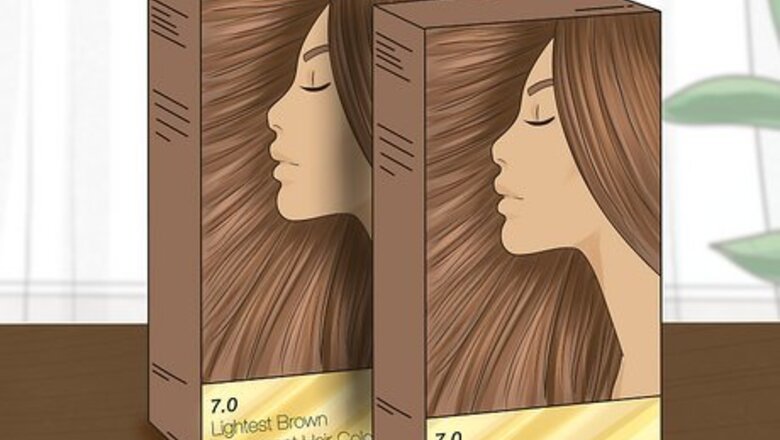
views
Mixing Dye and Developer

Purchase 2 boxes of hair dye if you have long or coarse hair. Hair that is longer than your shoulders, or is extremely thick, will require more dye than what's in just one box. Prepare both boxes together at the same time. It's better to have too much hair dye rather than having not enough to cover all of your hair. You can also purchase the dye and developer separately from specialty hair product stores.
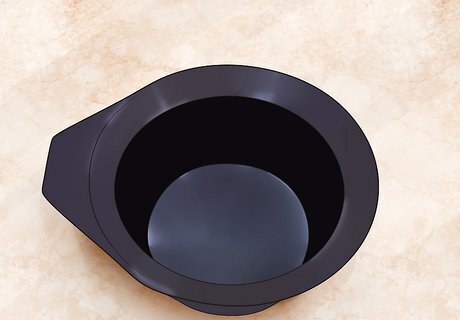
Get a glass or plastic bowl for mixing the dye and developer in. This is where you will combine your hair dye products, and what will keep it all contained. Never use a metal bowl as it can oxidise the dye, which means that your hair color might not change. Metal bowls can also cause hazardous chemical reactions. If you dye your hair regularly, having a dedicated bowl is best.
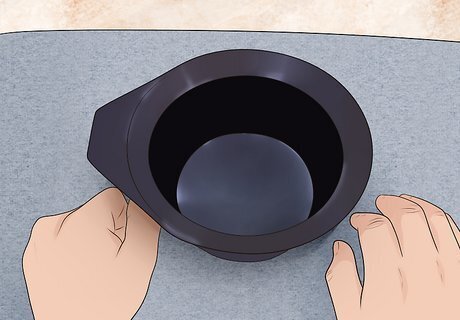
Place an old towel or newspaper where your hair dye will sit. This will protect the surface from the dye. Make sure that you move everything out of the way so that the surface is flat. If you're using a towel, pick a towel that you don't mind getting stained. A dark colored towel is another option if you don't have an old towel or newspaper. It will adequately hide stains that are caused by the dye.
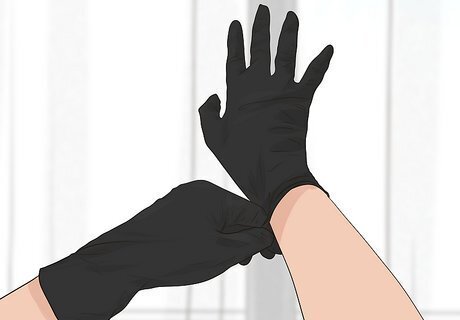
Put on latex or plastic gloves. If you purchased a box of hair dye, then it's likely that a pair of gloves will have been included in the pack. Put the gloves on before you begin mixing the dye and developer, as this will protect your skin from the chemicals. This will also help to prevent your skin from getting stained by the dye. Now is also a good time to drape an old towel over your shoulders to protect your clothes when it comes to applying the hair dye. You could also wear an old t-shirt.
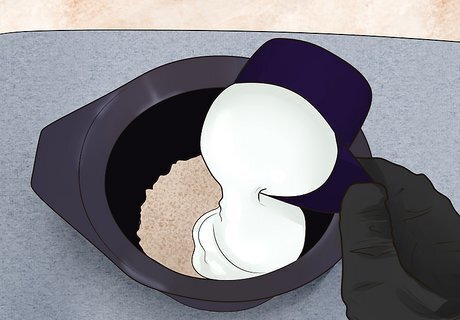
Combine the hair dye and developer using a 1:1 or 1:2 ratio. The ratio of hair dye to developer will be specified in the instructions that come with your hair dye package. Following the correct ratio is crucial for your hair to be dyed properly. If you buy a box of packaged hair dye, then the box will normally have the correct ratio in each unit of dye and developer. However if you buy the dye and developer separately, you will have to measure these out. Using a small set of scales will help.
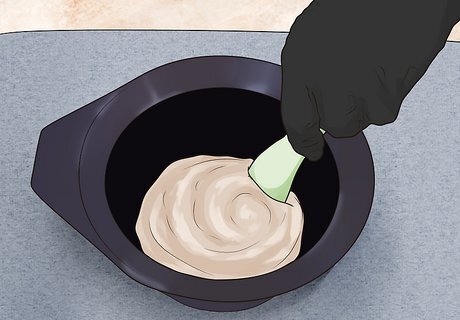
Use a plastic fork to mix together the dye and developer. Mix these together until the mixture is smooth and consistent in color and texture. You can also use a silicone mini whisk to achieve the same result. Never use metal utensils to mix together the dye and developer. The dye and developer can easily clump together using a brush, which means that the final consistency might not be as smooth or well combined.
Combining Colors
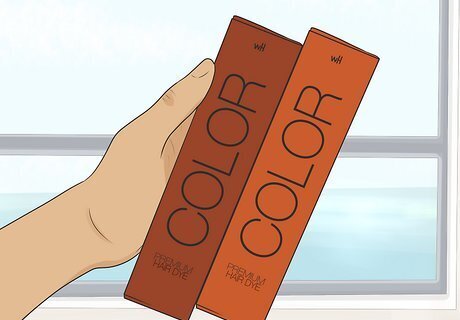
Choose 2 complementary colors from the same brand to mix together. Complementary colors work well together, such as a red shade and a brown shade. Avoid mixing together contrasting or opposite shades, such as blonde and black. You only need to mix colors if you want a particular shade that isn't available or just enjoy creating a custom color. If you want an easier option, you can look for a pre-mixed shade, such as a red-brown, a brown-red, or a blue-black. Contrasting shades will be too dominant to work well together, while similar shades can complement each other nicely. The 2 colors need to be from the same brand. This will ensure that the colors combine well, as the formulas will be similar. It will also ensure that the same ratio of dye to developer is required. Colors that you are mixing together need to have the same developing time to work effectively. Check the instructions on the back of the box to make sure that the time required for each is the same. Tracey Cunningham, World-Hair Colorist When mixing custom dye, precision and patience are key. First, gather your tools — developer, toner, lightener. Then, ready your canvas — freshly shampooed, sectioned hair. Slowly combine ingredients in exact ratios, adjusting tones through calculation. Apply evenly root to end, allowing the mixture to reveal dimension and brilliance. With practice, anyone can unlock their inner colorist and paint unique beauty.
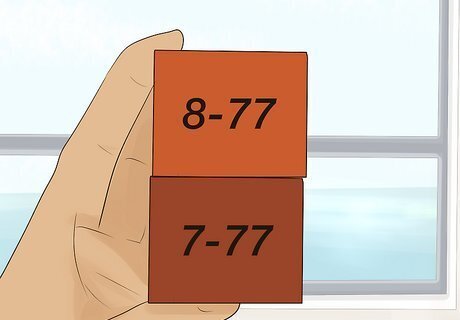
Take note of the lightening strength of both colors. When you are picking colors to mix together, keep an eye on the number that is with the color formula. The higher the number, the more that it will be able to lighten your hair. Try to keep the 2 colors within the same 2-3 shades. For example, one shade that's slightly darker and one that's slightly lighter than your natural color works well.
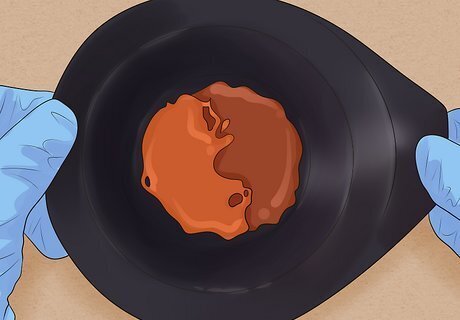
Combine a 1:1 ratio of the 2 hair dyes together. Make sure that you use the exact same amount of each shade. This will ensure that the color is uniform throughout your hair. Using a 1:1 ratio of the 2 colors also means that you can easily replicate the color later if needed, such as if you want to dye your roots at a later stage. If you want to mix your dyes in a different ratio, write down the formula you create so that it's easy to replicate. This will be especially helpful when you want to touch up your roots! Use a small set of scales to weigh out the shades if you aren't using a full unit.
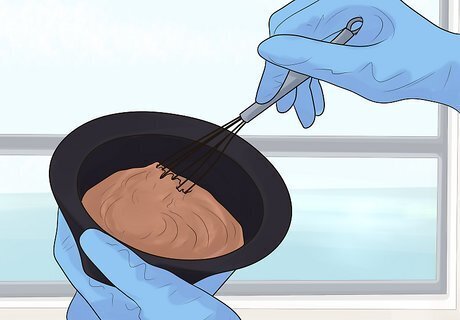
Follow the dye and developer mixing ratio. Mix together the 2 different hair dyes that you have already combined, and then add the developer. Combining 2 shades together will double the amount of hair dye that you have. This means that you will need to calculate the right amount of developer to mix this with. For example if the ratio for your hair dye to developer is 1:1, then you will either need to double or triple the amount of developer that you use. If you bought boxed hair dye, then your developer is likely already included in the box. You shouldn't need to purchase it separately. Check the product label to see if it's included in your kit.
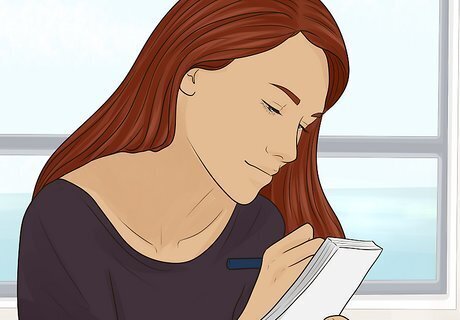
Write down the color combination after you have dyed your hair. Include the brand and full color and number combination that is written on the dye box. This means that you can replicate easily in the future if you want to dye your hair again, or if you need to touch up the roots. Even if you weren't happy with the final look of your mixed hair dye, writing it down will ensure that you don't accidentally repeat the combination in the future.


















Comments
0 comment